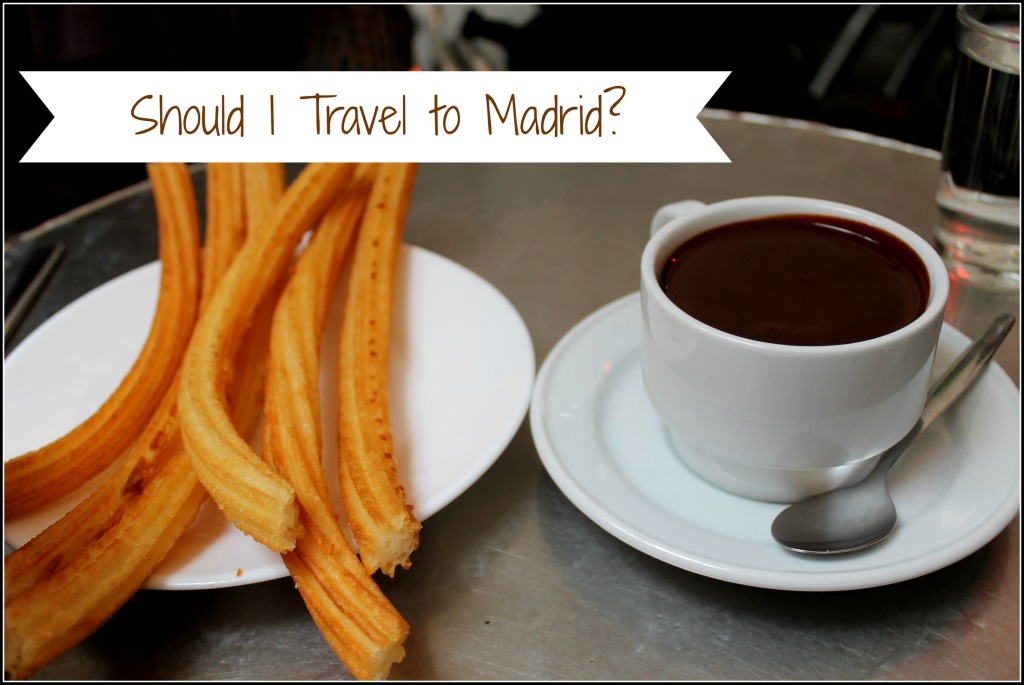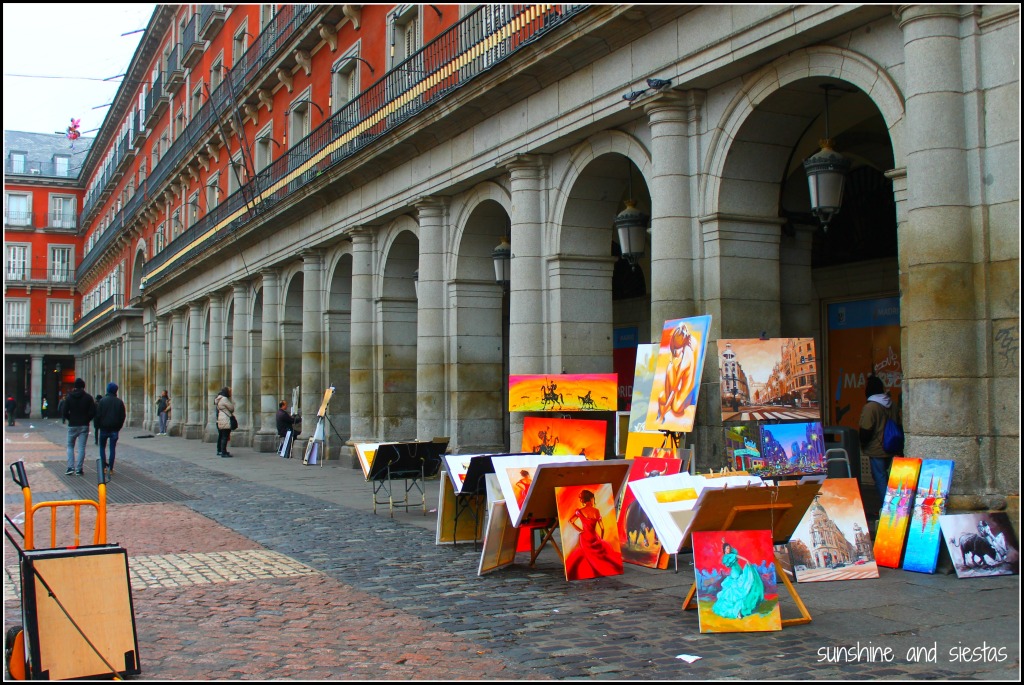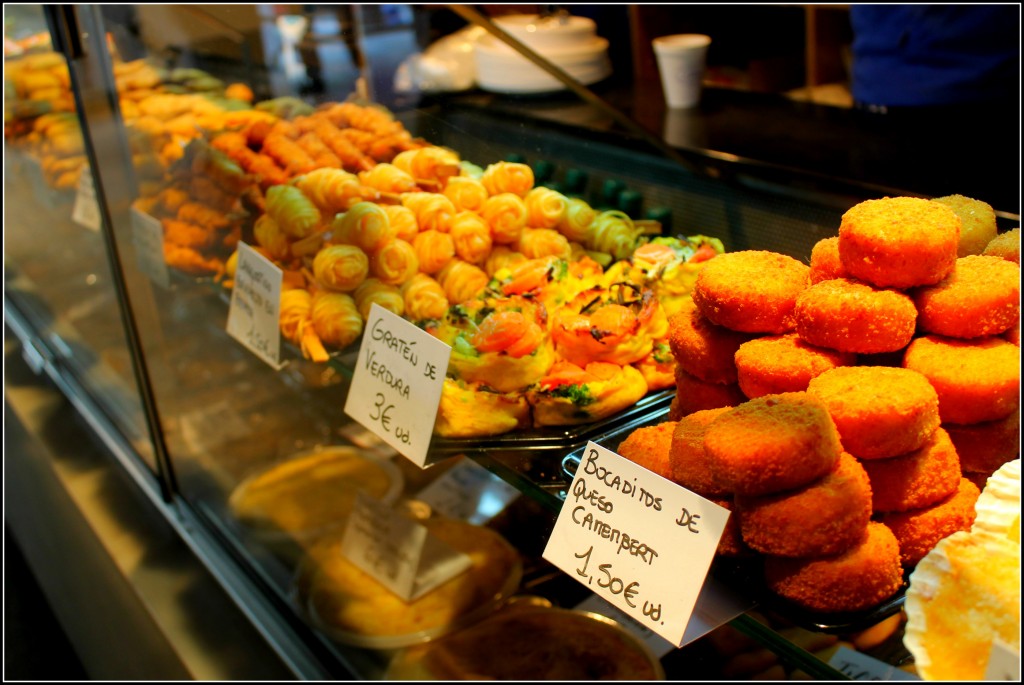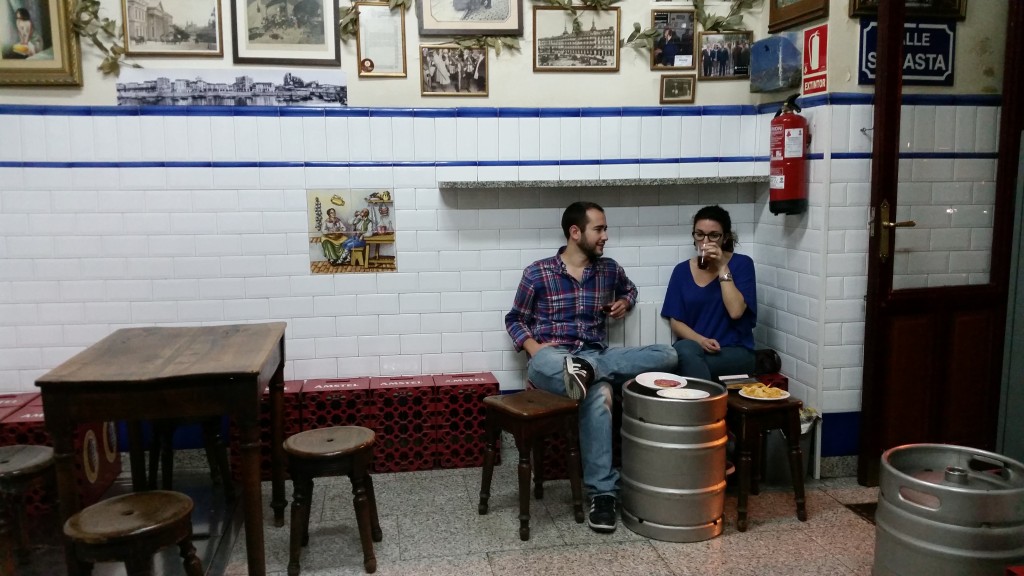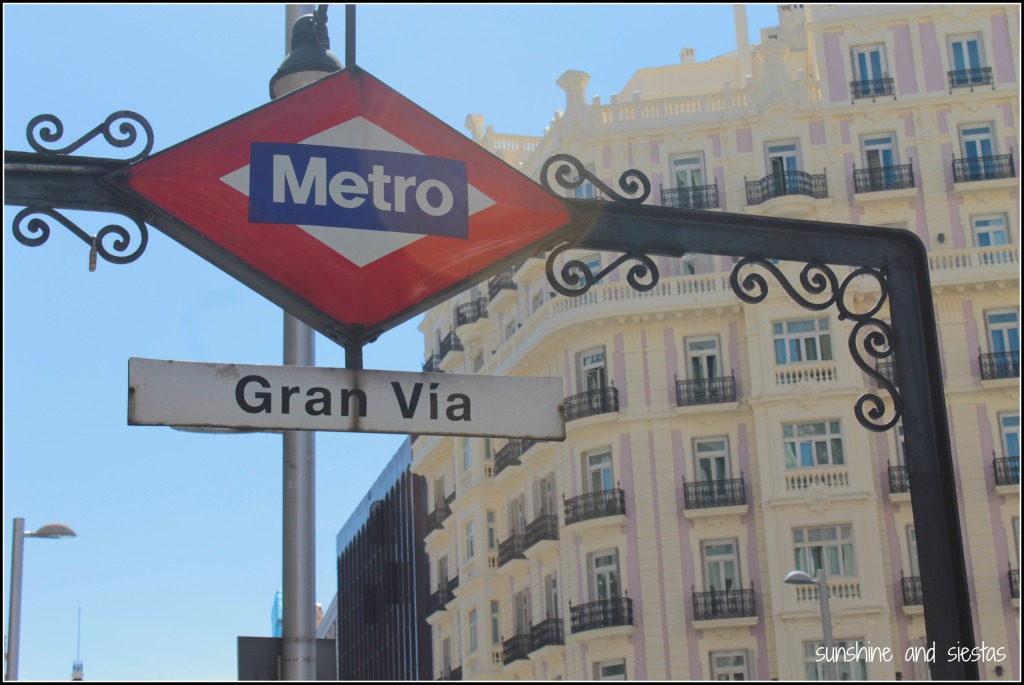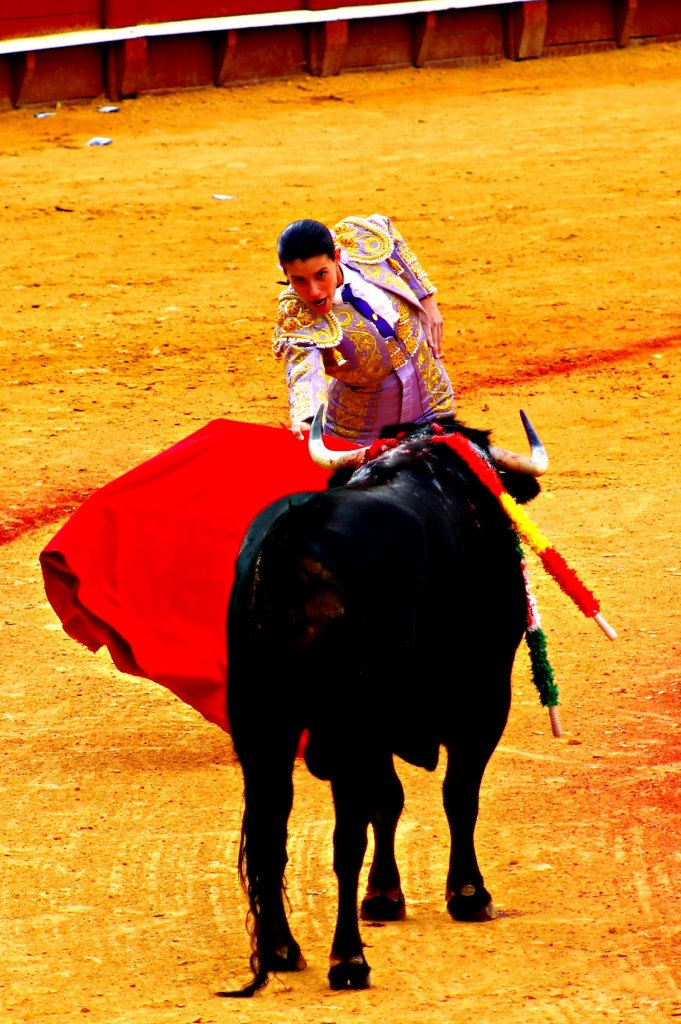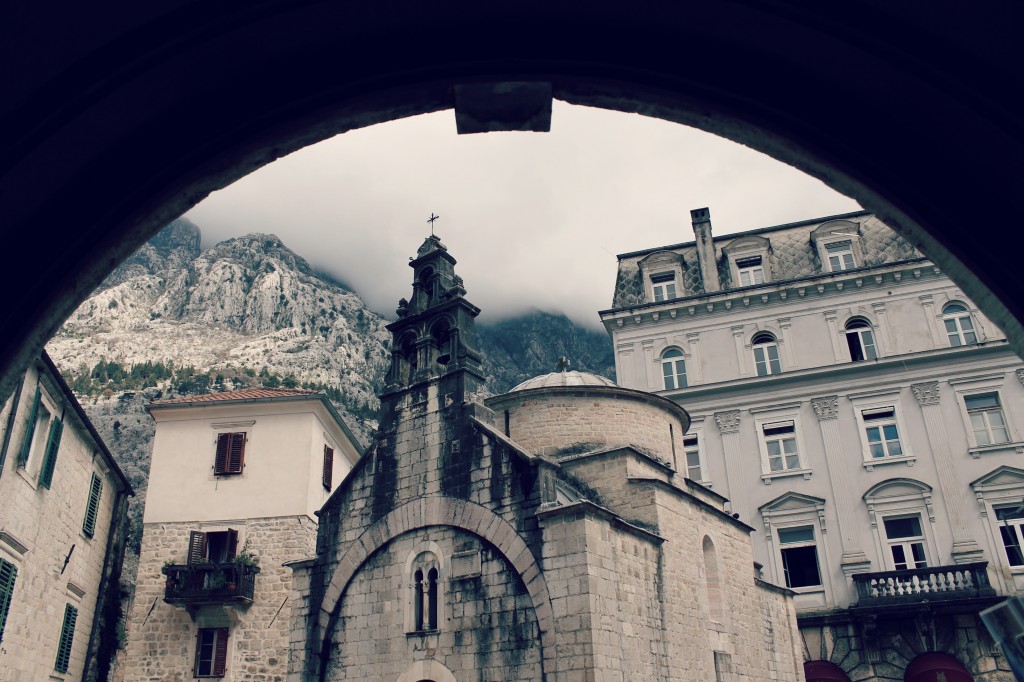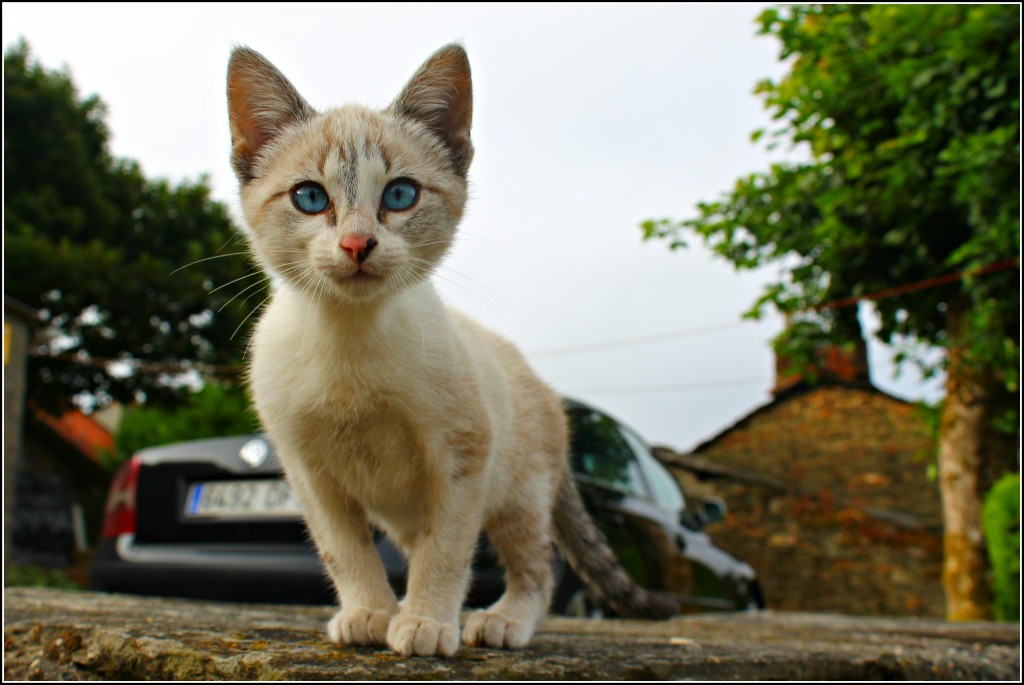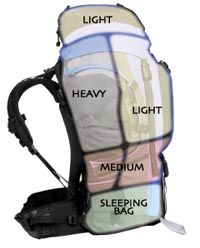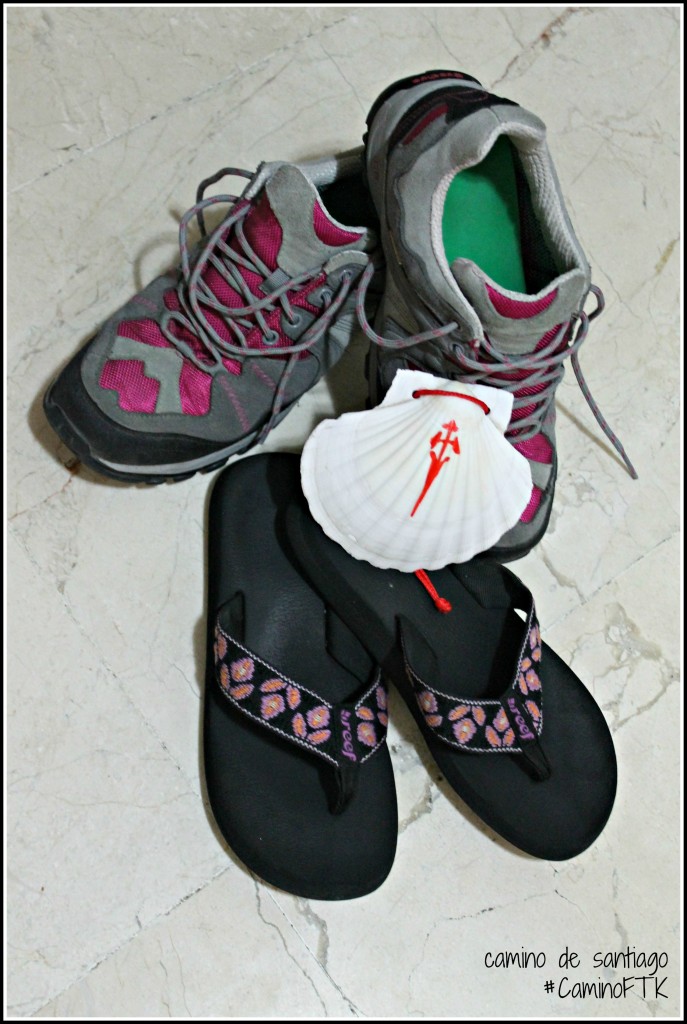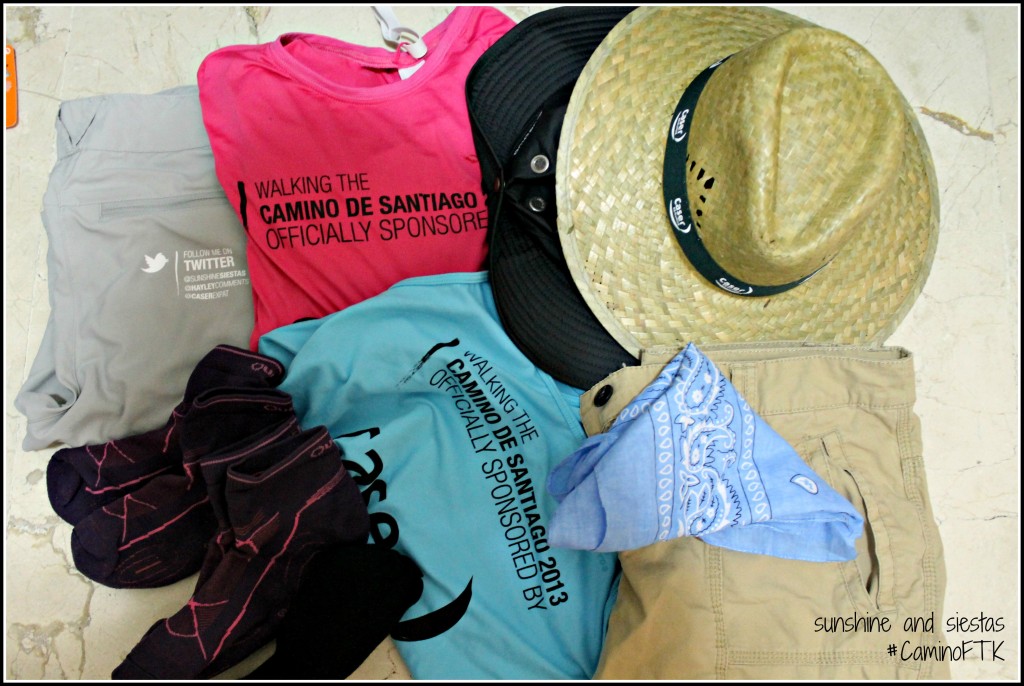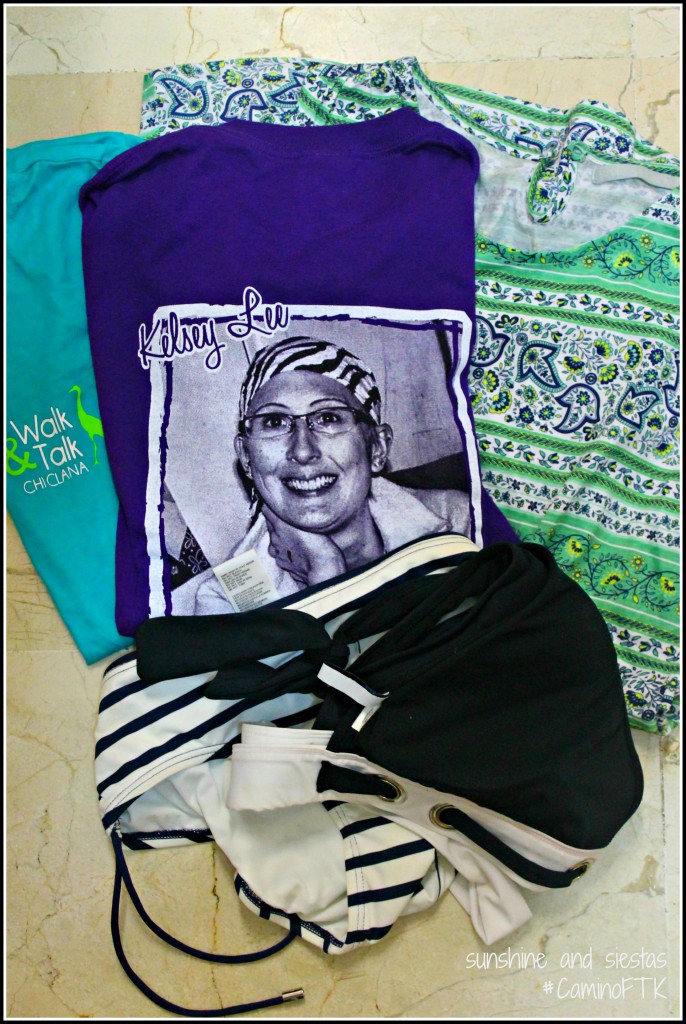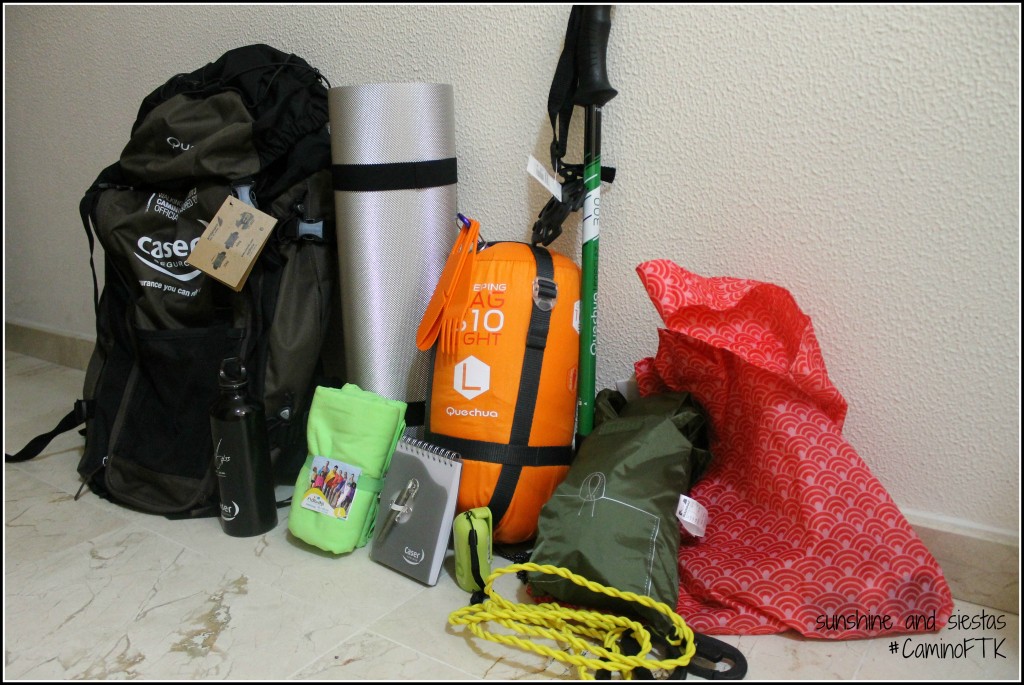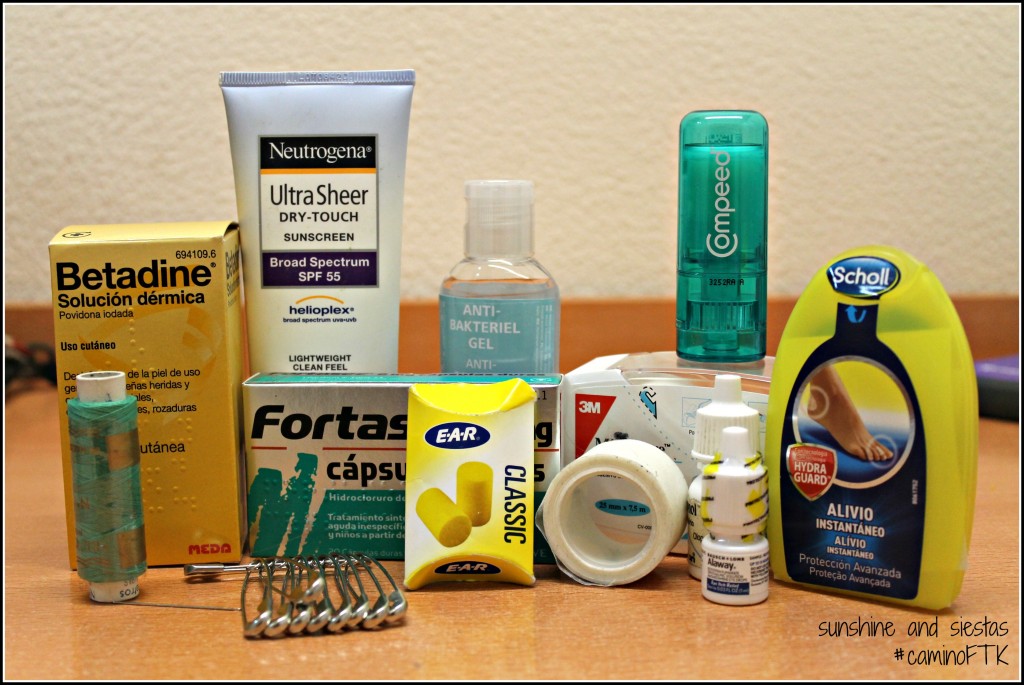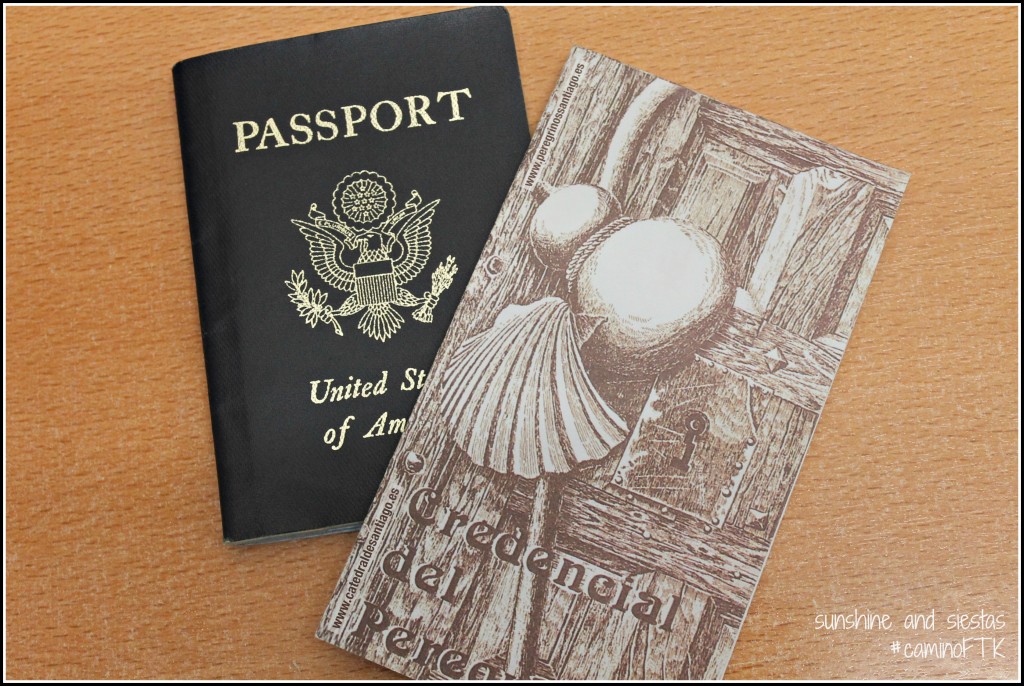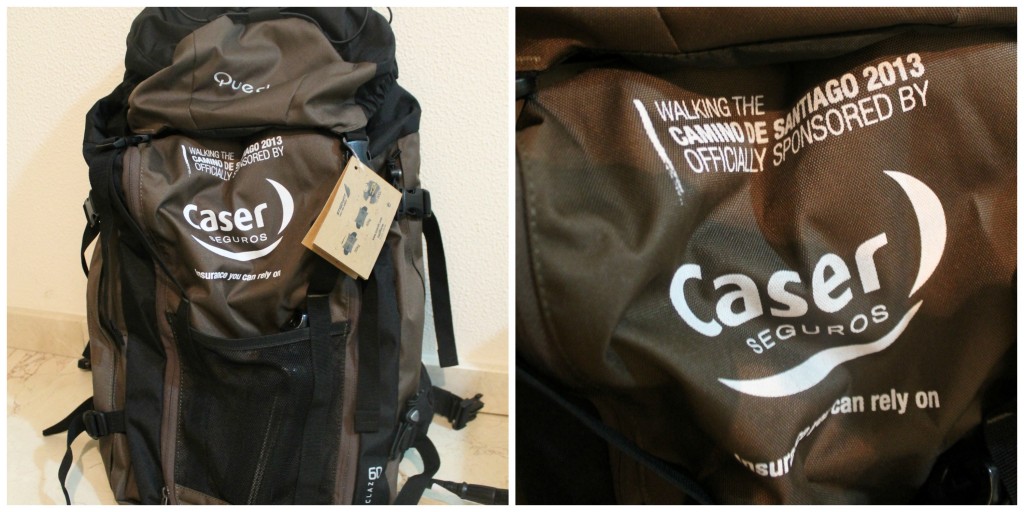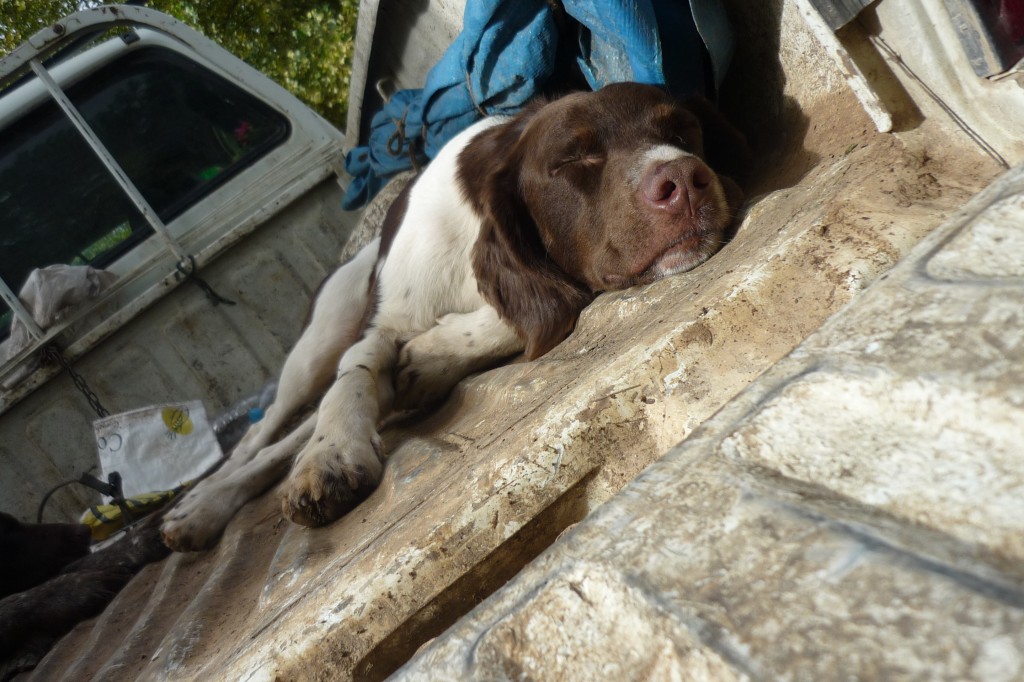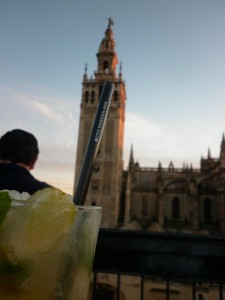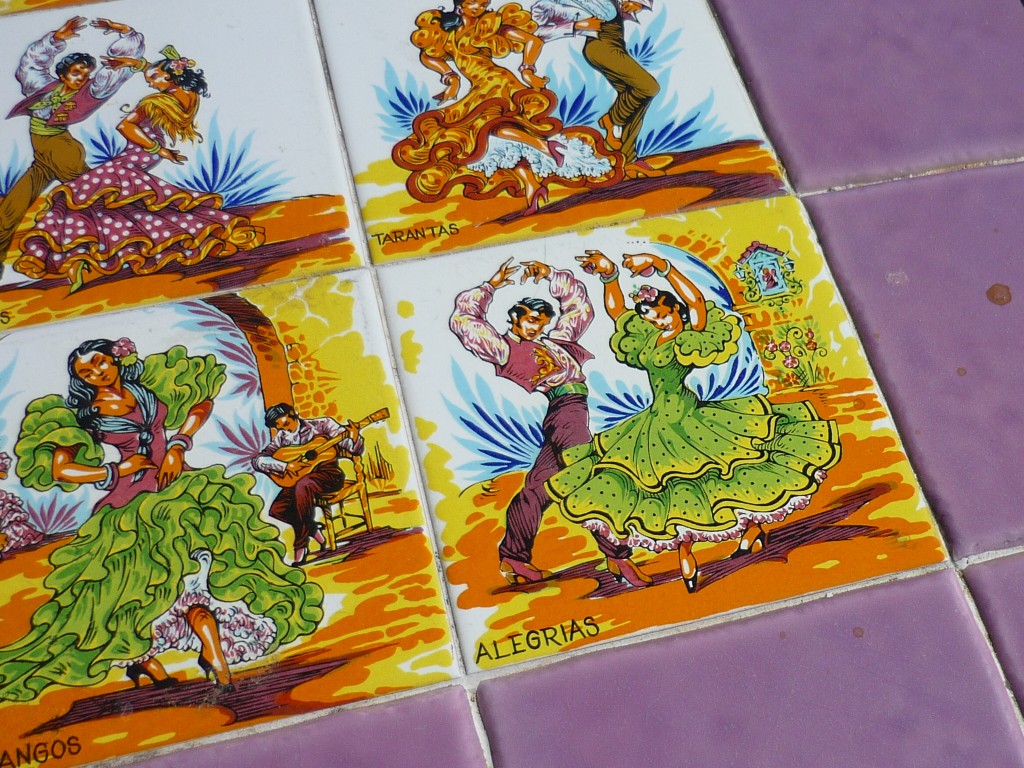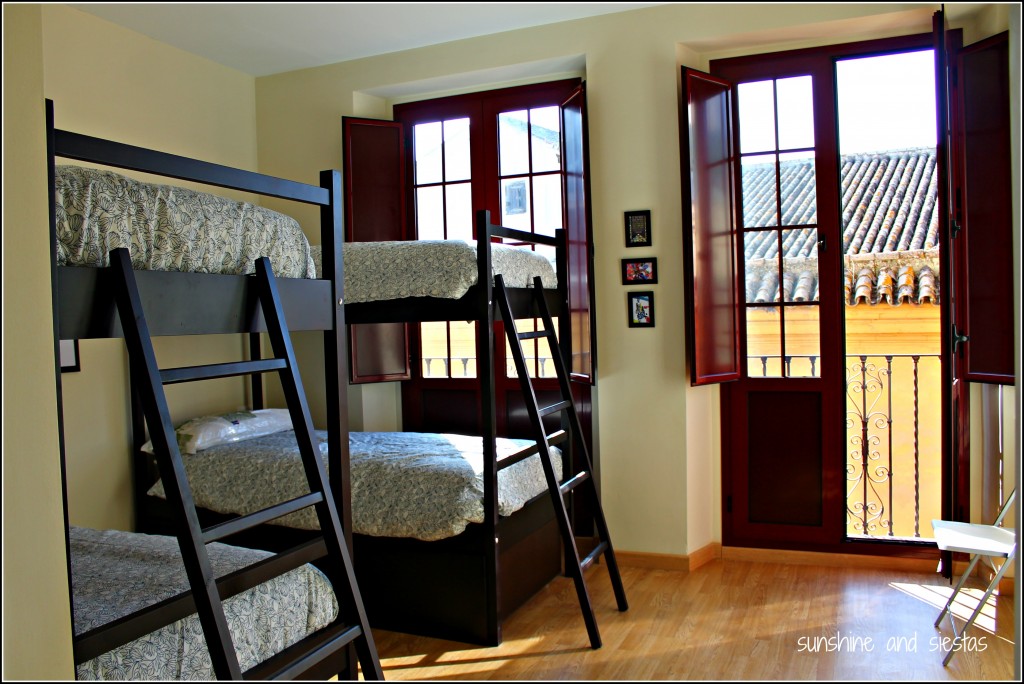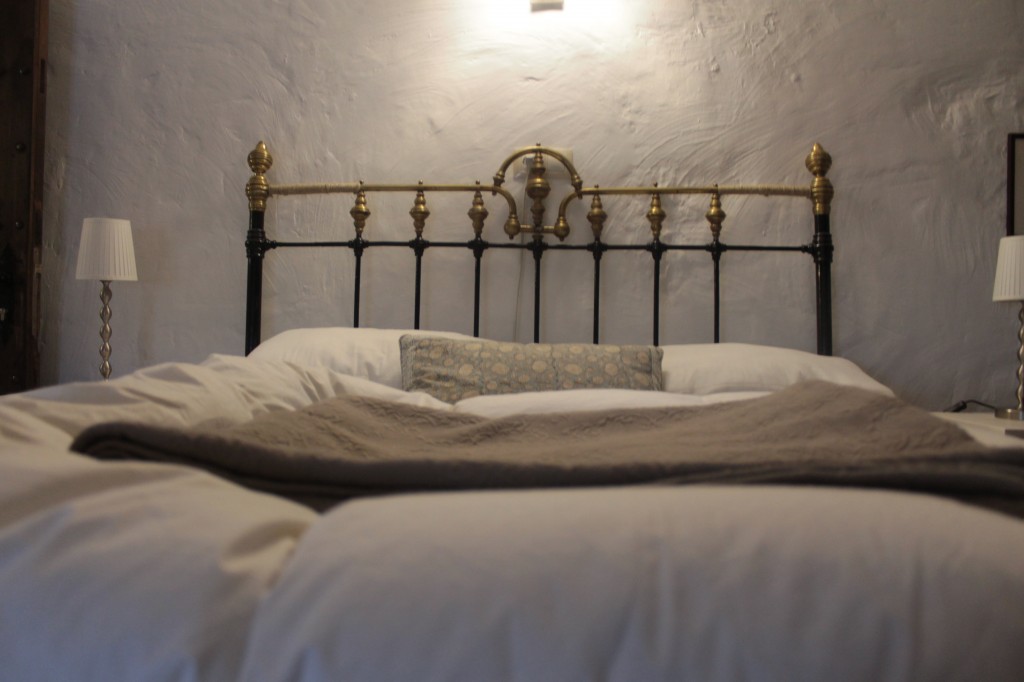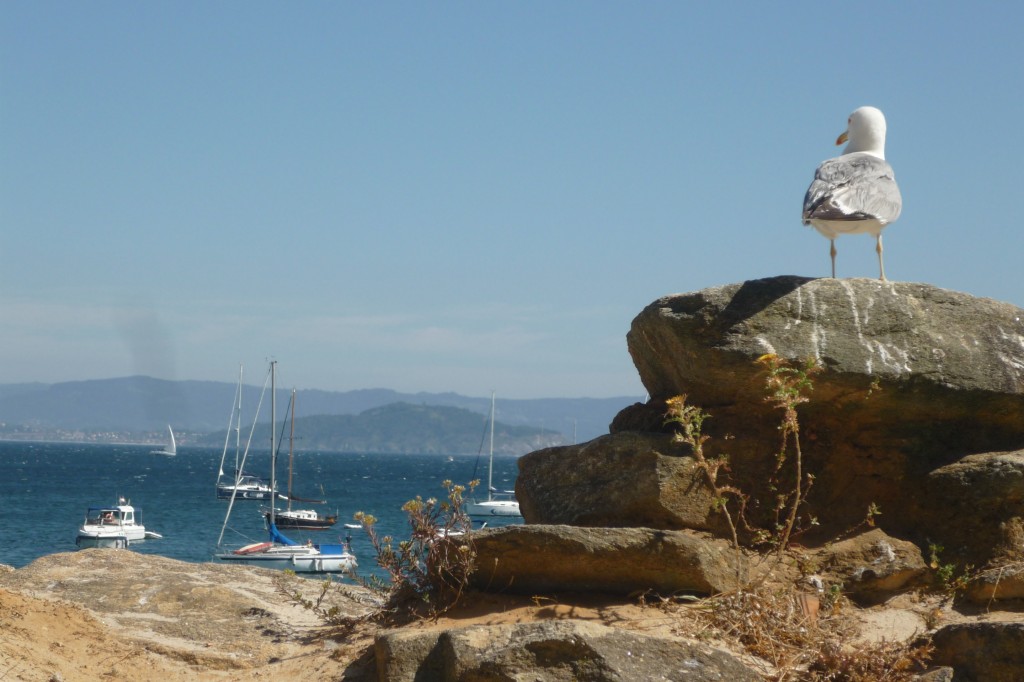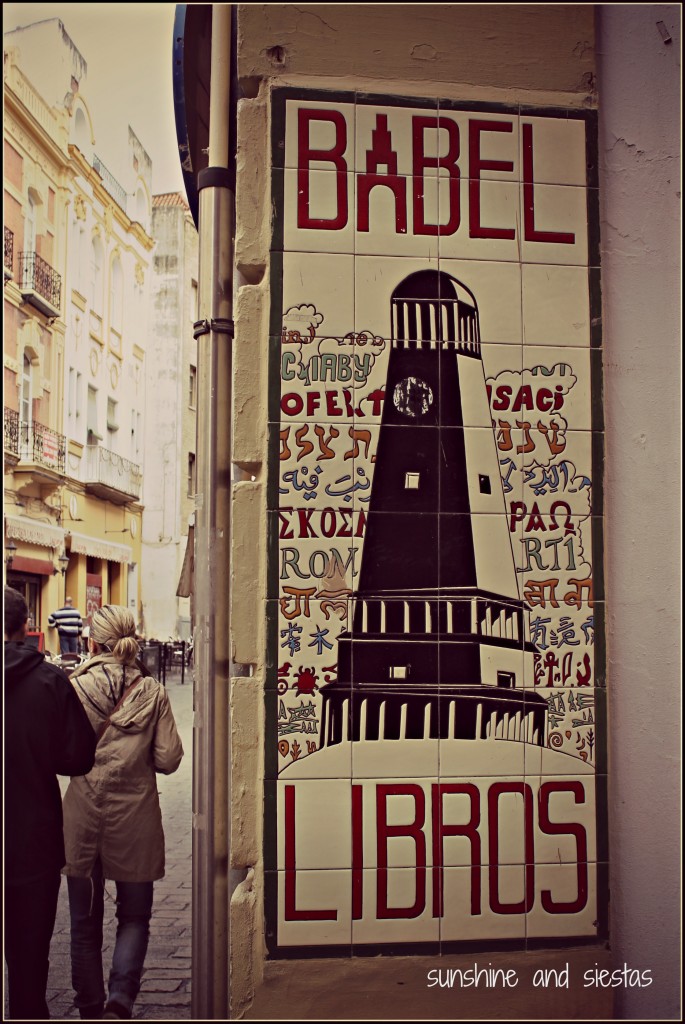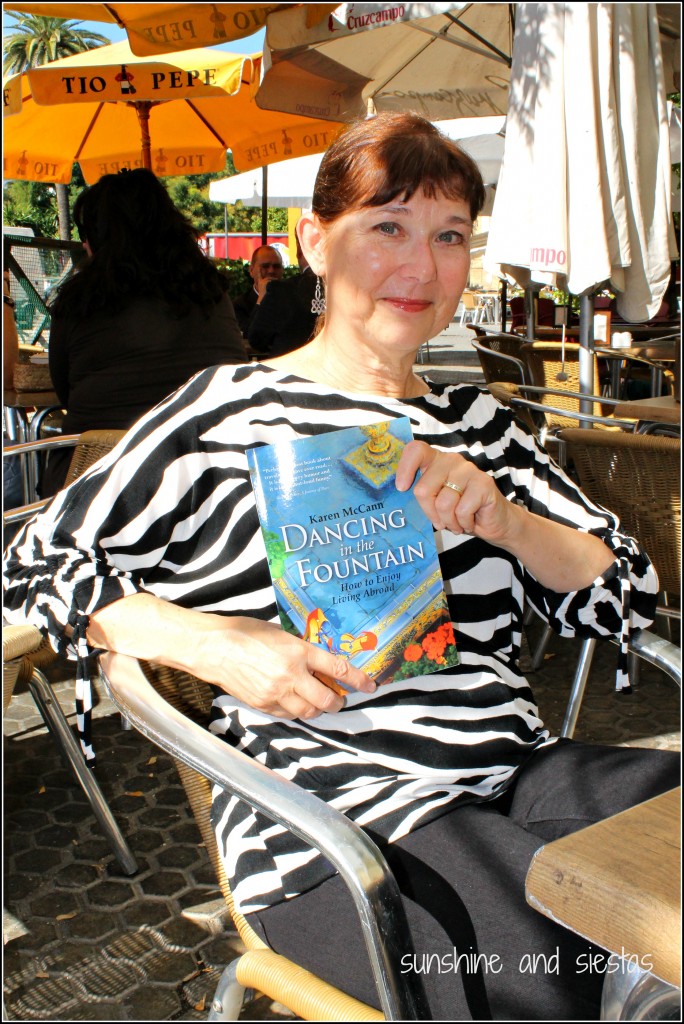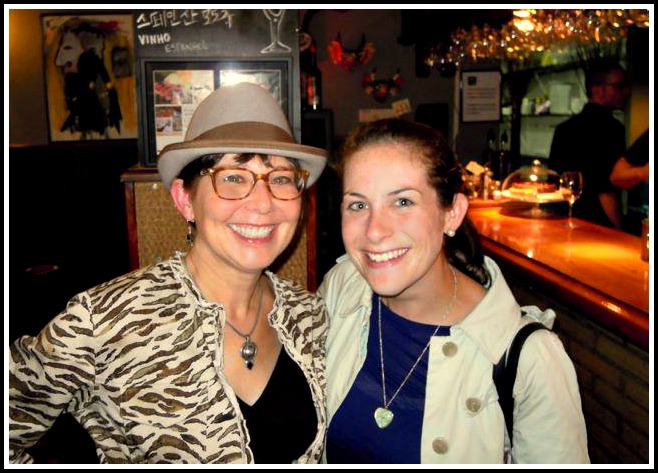You’re destined for Madrid – a city that’s vibrant but demure, traditional but avant-garde, a big city with a small-town feel.
Ok, not that small, but per tradition, many madrileños stick to their neighborhood, making Europe’s third largest city feel like an overgrown village.
Madrid is a city that’s got one foot firmly planted in the past and the other, striding forward in the future. From its humble beginnings as a farming town to a bustling capital, this city of more than three million is Spain’s financial and cultural hub, boasting world-class museums, stellar nightlife and plenty of Spanish charm.
Madrid truly is a haven for just about anyone – if you flipar for art, Madrid has three of Spain’s most celebrated museums. The Reina Sofia is an enormous contemporary arts collection, including Picassos’s celebrate “Guernica.” The Museo Nacional del Prado boasts fine art from Velázquez, Murillo, el Greco and Goya – and those are just the Spanish painters. The private collection at the Thyssen is also noteworthy, and the three make up the Triángulo del Arte perched on the east side of the center. Then add the dozens of playhouses, a world-class symphony and flamenco shows, and you’ll have an art hangover.
If gastronomy is more your flavor, La Capital has plenty of them to choose from. Visitors absolutely must make a stop to the Mercado de San Miguel for an introduction to the art of tapas, washed down with a glass of wine. The city has several fine dining establishments, as well as hole-in-the-wall favorites. The unofficial snack? A fried calamari sandwich from El Brillante, situated just in front of the Atocha train station.
Shopping lovers should head to Gran Vía or Calle Fuencarral for specialty shops, or catch the el Rastro flea market on Sunday mornings in the La Latina neighborhood. History buffs will love Madrid’s traces of the Hapsburg and Borbón dynasties, its Egyptian temple and the sprawling palace.
Madrid is also a great landing point for visiting other points of Spain and other parts of Europe – all of Spain’s major highways begin and are measured from Puerta del Sol, which also hosts an enormous party on New Year’s.
My advice? Ditch your map and choose a neighborhood. Stop into wood-paneled bars for a caña, or small draft beer, a slice of fluffy potato omelet and a taste of Old Madrid. Café Comercial, despite rubbing elbows with some of the city’s hippest bars and boutiques in Malasaña, is a great spot for jazz, great service and a sweet vermouth, a gato’s drink of choice. Or, head to trendy Alonso Martínez and window shop. Take a stroll in the Buen Retiro park and admire Gran Vía when dusk falls before dancing in a disco until six in the morning and ending the night with churros and chocolate at the city’s most loved churros place, Chocolatería San Gines.
I have to admit that Madrid and I got off to a rocky start – I found it a bit too sprawling, too presumptuous and too full of itself. Local gatos, as they’re called, steered clear of tourist-packed Sol and the streets spiraling out from it, and it was a sticky hot day.
But once I’d moved to Spain, Madrid became a frequent stopover on flights back home to Chicago. I take the train up for conferences and concerts, to visit friends and new babies. Slowly, the madrileño vibe oozed into my heart, and it’s now one of my favorite weekend destinations in Spain.
Should you travel to Madrid? Sin duda – it’s one of Europe’s most complete destinations.
Please check out this quiz to see if going to Madrid is right for you. Wyndham Resorts that are in Spain could be great for your next holiday vacation to get away from the normal and visit the extraordinary.
This post was brought to you by Wyndham Resorts, but my MAD love for Madrid is all my own.
I’ll be spending quite a few weekends in Madrid as the Novio works there for a few months. I’m looking for hidden gems to add to my list of favorites, so leave me comments below por fi!
